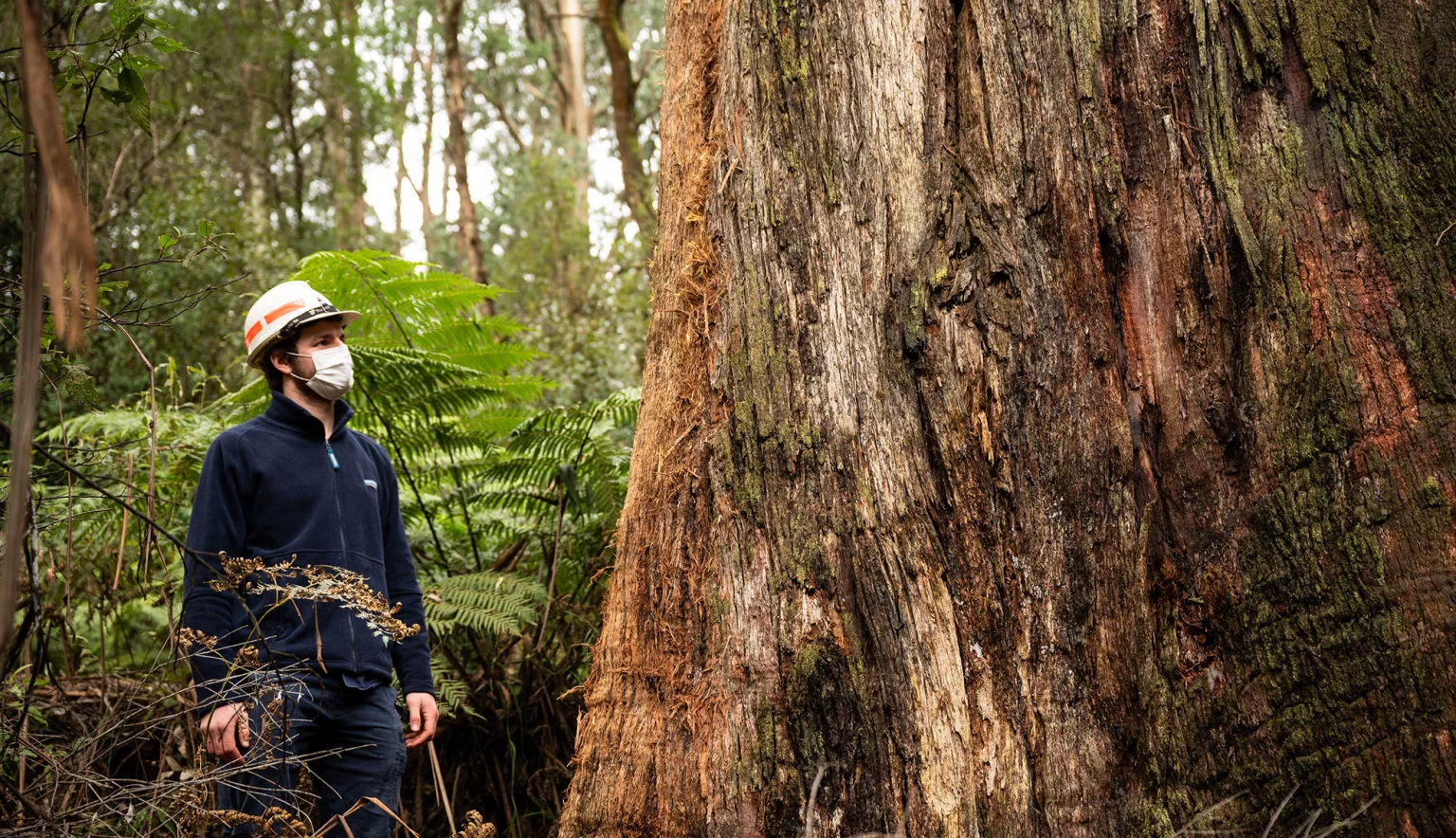We speak to Monique Dawson, CEO of VicForests, about the company’s forestry management and support within the Australian timber harvesting sector.
THE FUTURE OF FORESTRY
Australia is famous for its size and diversity of nature.
Having developed unique ecosystems over the ages, the country is now home to approximately one-million different native flora and fauna species, many of which are found nowhere else on the globe. Victoria, Australia’s smallest mainland state, is home to lowlands, great cliffs, as well as expansive forests that act as concentrated hubs of diverse wildlife, while also being home to a large timber harvesting industry.
VicForests is part of such an industry and is a state-owned business responsible for the sustainable harvest, regrowing and commercial sale of timber from public forests on behalf of the Victorian Government. The company undertakes all of its operations in a safe, efficient and sustainable manner, all the while keeping its staff, the community and the environment in mind.
“We are the state of Victoria’s native timber harvesting company; a state-owned enterprise with a commercial licence,” begins Monique Dawson, CEO of VicForests. “We have around 140 employees across 11 locations in the state, while also engaging external contractors for timber harvest, haulage and forest management operations.”
As a government owned business, VicForests invests in new technology and innovation to lead the industry with best practice forest and harvesting systems.
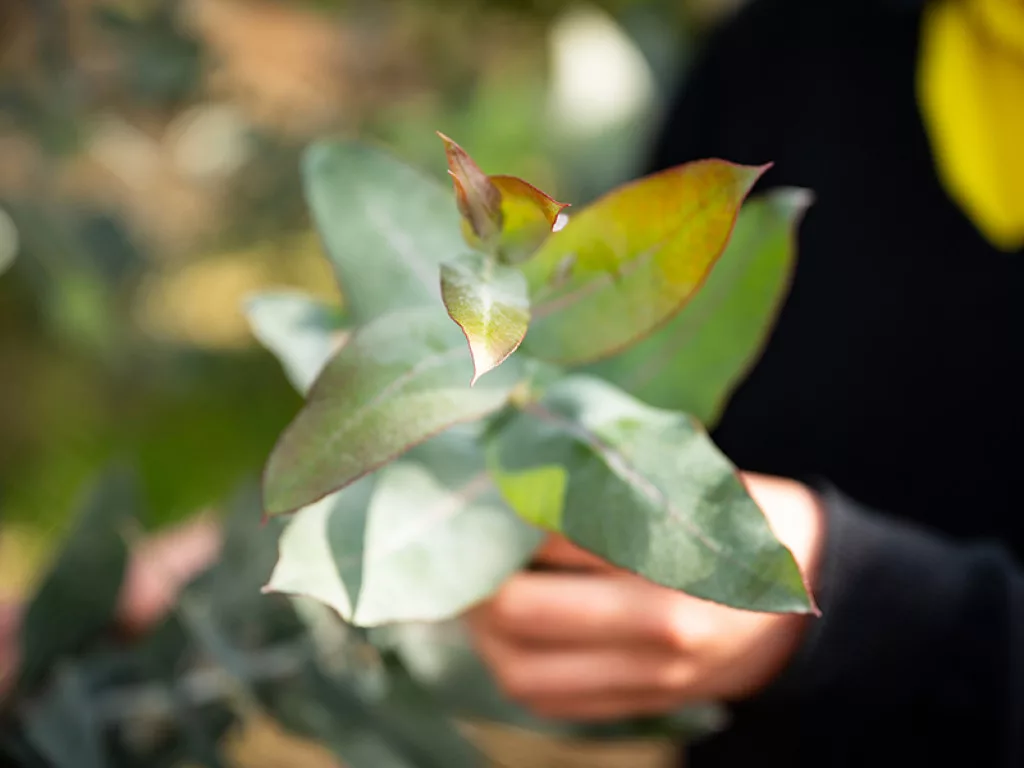
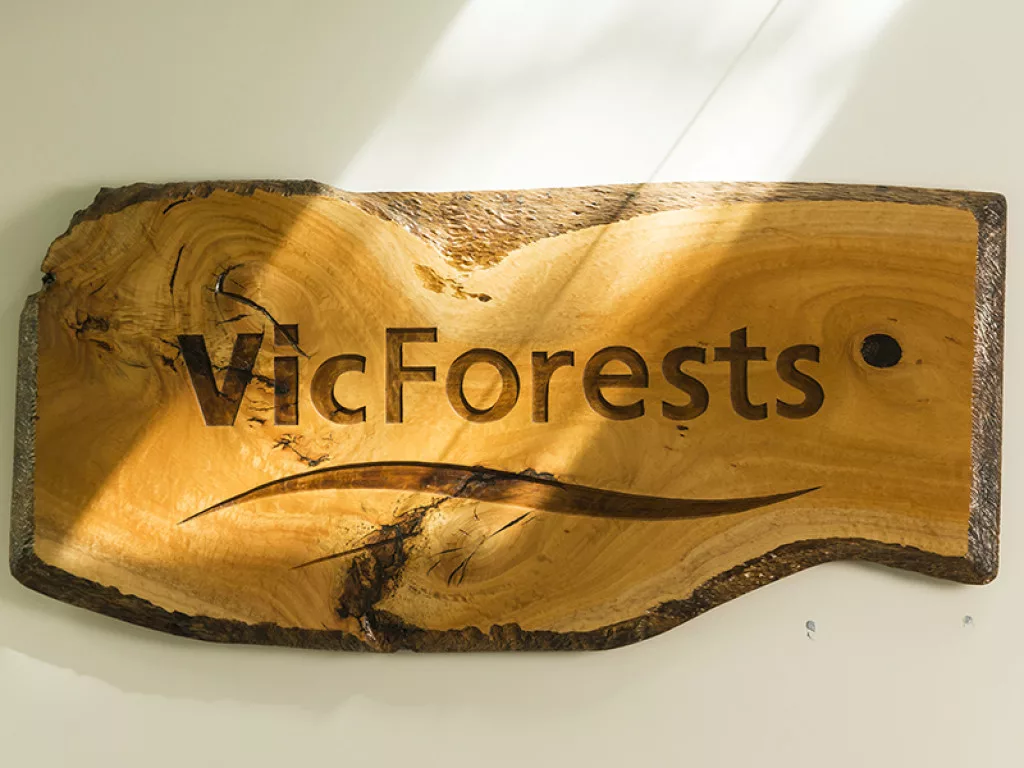
SAFEGUARDING THE ECOSYSTEM
“There is a fundamental shift in the way that we harvest timber and operate within forests,” Dawson says. “We operate in a gradual and scaled way that ensures that groups of trees are harvested at varied periods, as well as when they have reached a certain height.
“This means that the forest will be continually growing at different stages, promoting continual growth and allowing forestry to continue without disrupting the local wildlife.”
This balance between operation and environmental guardianship is a vital aspect of VicForests’ practices. The gradual harvesting of timber allows the company to promote steady growth of the state’s forests, as well as ensuring that the local fauna can exist naturally.
“An example of this is that we leave all the trees with hollows in them to protect the habitats of the species that live and dwell within them” Dawson elaborates. “A point of pride for us is surveying the forests post-harvest and witnessing endangered species living and thriving because they have been able to keep their habitats.”
“The animals are still benefitting as they would naturally, and we take out timber while being able to do it in a way that does not impact the local ecosystem negatively. And we are proud of this gradual and considered harvesting approach because we believe that it is a major innovation in the way that natural timber harvesting can operate.”
A part of this unique approach is allowing groups of trees to grow for decades and to reach a certain height before being harvested, with growth periods lasting decades, such as anywhere between 40 and 80 years, and with many older trees being kept as ideal habitats for wildlife.
“On top of this, over time, this method of gradual forestry and tree density management will make the forests more resilient to climate change by relieving the pressure and competition for water during droughts. The more available the access to water, the more resilient the trees will be to bushfires as well, and this aligns really well with the nature of our gradual harvesting methods.”
“We harvest, sell and regrow sustainable timber from Victoria’s native forests”
VicForests
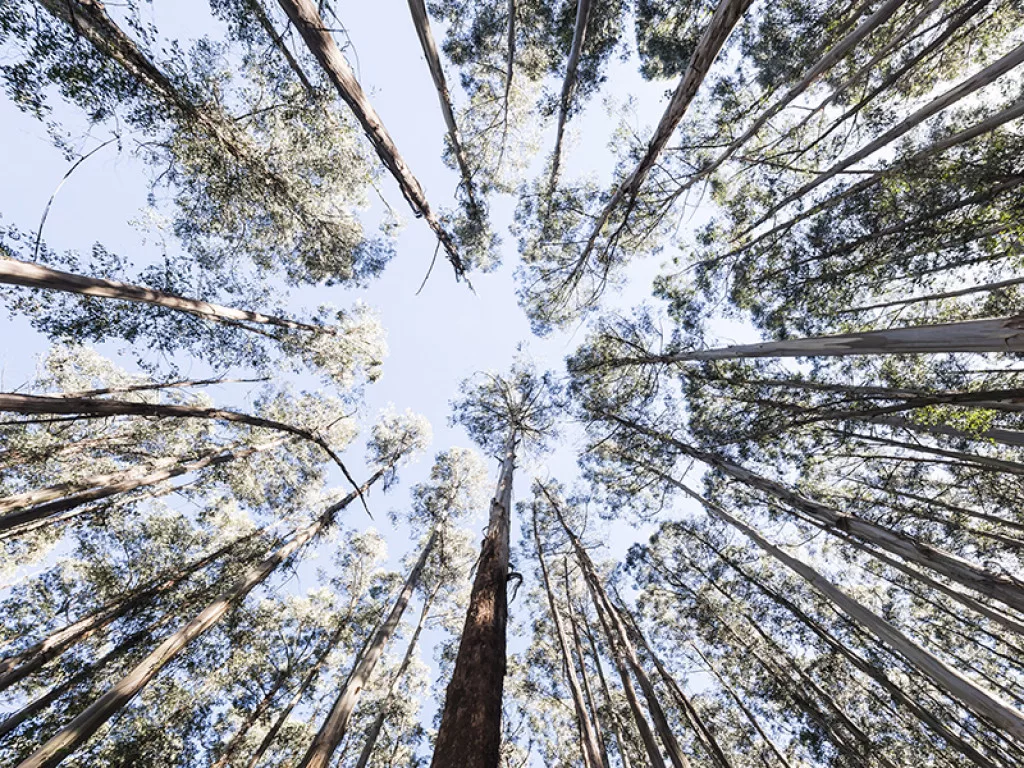
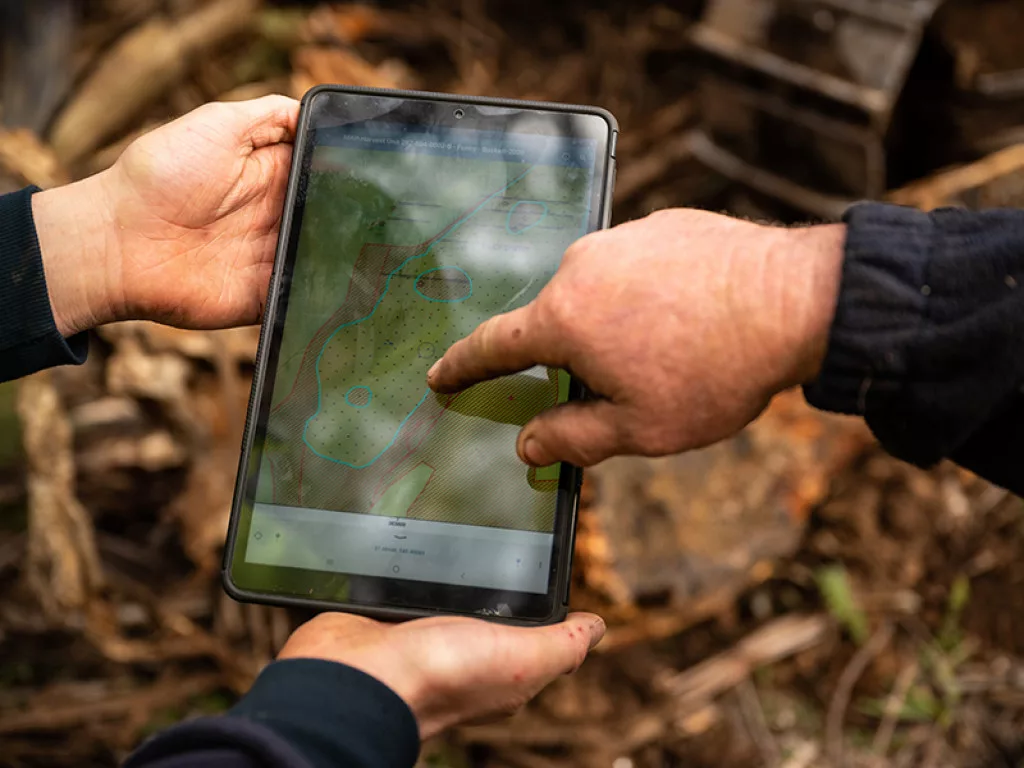
SAFETY IN THE FIELD
VicForests does not only operate with sustainable and environmental concerns in mind, but also with safety at the fore.
“Safety is our first priority at VicForests and that is why we were pleased to record zero log-truck rollovers for the first time in its history during the 2019/20 financial year,” Dawson says. “This project was achieved through organisation-wide buy-in, including the establishment of a dedicated Haulage Safety and Compliance role at the company, ensuring VicForests is an industry leader in haulage safety.”
As a government-owned business, VicForests is heavily regulated and because of this operates under a strict set of rules and guidance that are followed by each of its associated employees, contractors and partners. For example, the contractors include those that harvest and collect the trees; a job that requires a high level of safety as well as adhering to the method of gradual harvesting, or timber haulage, that involves trucking large and heavy loads of wood across vast distances safely, and so adhering to the rules VicForests places down are paramount to individual, organisation and environment alike.
VicForests’ innovation programme has been a cornerstone of its efforts that focuses on fostering and implementing innovative ideas throughout the business.
LIDAR
To operate efficiently and successfully in the forestry sphere, the ability to monitor and map forests and woodlands is invaluable. For VicForests, a boots-on-the-ground approach to monitoring trees and surrounding habitats has been replaced by a couple of revolutionary technological tools, as Dawson explains.
“We have been investing in and building up our capabilities surrounding the use of LIDAR in the field,” she elaborates. “Using laser geospatial mapping, we can map out and produce a 3D representation of an area of forest from the tops of the canopy all the way down to the ground level.
“We can now not only gain an insight into the accurate structure of the forests, but also understand the species that live in various areas, including where and why they dwell on or around trees, and so how to go about harvesting trees without upsetting the ecosystem.
Possums for example, that are critically endangered in Australia, favour midstory trees as their foraging grounds, where previous knowledge held that they required the tallest of trees.”
LIDAR allows the company to target its operations through understanding how it should go about harvesting. In the case of the endangered possums, VicForests can aim to cultivate and maintain midstory trees in order to provide the species with the most ideal and beneficial natural habitat possible.
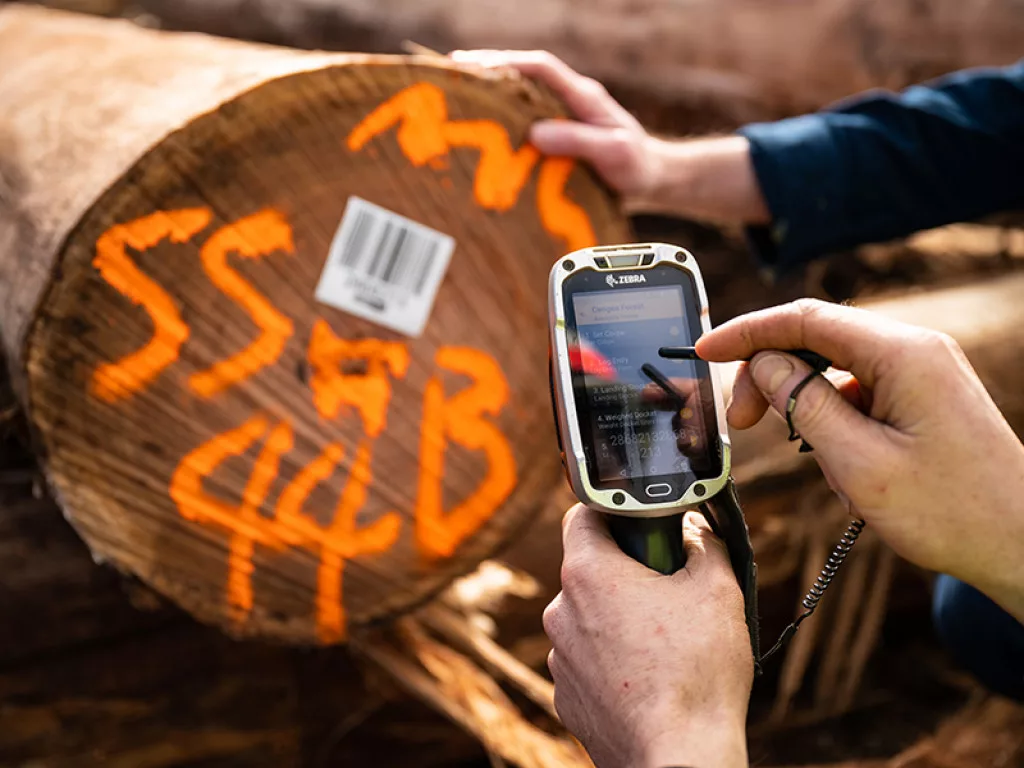
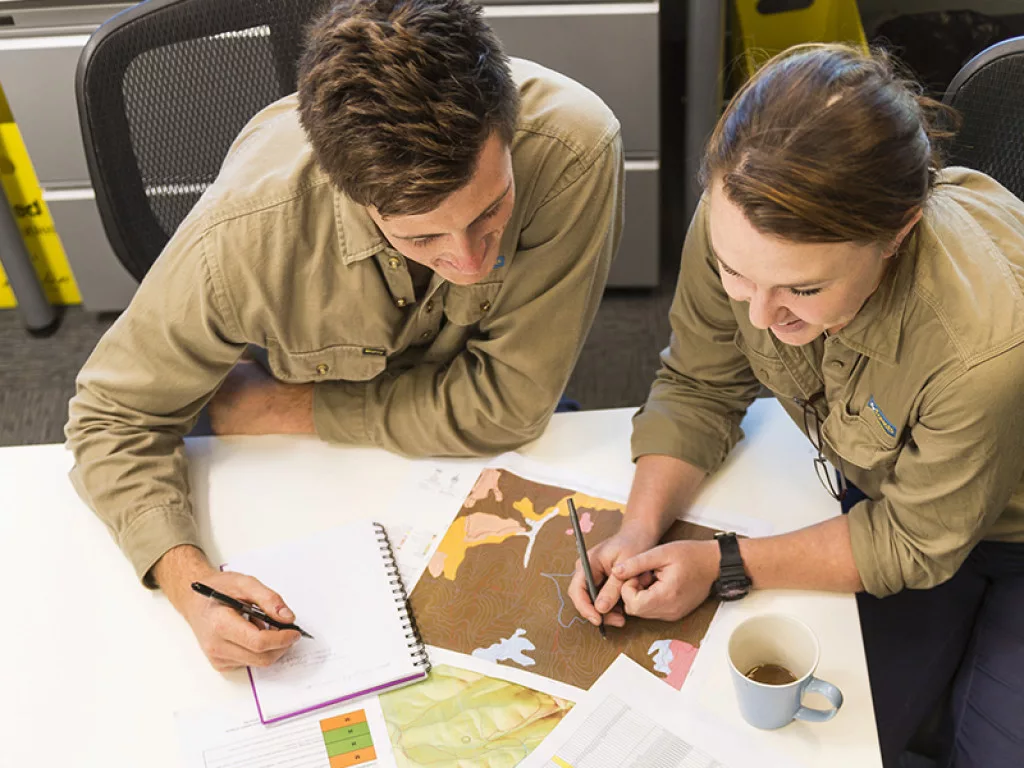
DRONE ADOPTION
VicForests has acquired a small fleet of drones to assist with high resolution imagery acquisition pre and post harvesting operations.
“We assess imagery for values that must be protected prior to harvest and evaluate what values have been protected after a coupe has been harvested after it has been regenerated,” Dawson informs us. “We are able to use drone imagery to quantify the level of habitat and vegetation retention within the coupe. In the future, we plan to extend our usage of drones to activities including coupe monitoring, regeneration monitoring and species detections using thermal cameras. One of the key benefits of using drone technology is the reduction of staff injuries while performing foot-based work.”
“Protecting our precious wildlife in our native forests is central to everything we do at VicForests”
Monique Dawson, CEO, VicForests
MOVING FORWARD
For Dawson, the future of forestry is both technological and ecological.
“We need to shift the forestry industry to one of forest management,” she elaborates. “We need to be able to balance commercial harvesting of timber with operations that support the forests and the ecosystem. If we don’t manage our forests, we will lose them to drought and fire. We must do everything we can to make sure that we are not the last generations that will have the forests, and we must start working on them now to make them as resilient and enduring as we possibly can. VicForests’ adaptive harvesting techniques have already touched on this, but I believe that this is just the start.
“We are also looking to the future through our ongoing work establishing new plantations and the delivery of a Farm Forestry programme, from large industrial scale plantings to tree and biomass crops managed and sold by farmers. These programmes will provide Victoria a platform through which it can realise greater greenhouse gas emission reductions.”
In addition, biomass-derived products such as sustainable food packaging and fuel, are becoming common place. The growth in these new carbon-friendly products presents opportunities to harness the biomass generated from its land management services to produce such products or new plantations producing timber, biomass, and even carbon credits.
Forest residues in the forest post-harvest present opportunities in these new and emerging markets.
“There are opportunities for forest residues into the biomass market that can be made into alternative products. This has not been seen in Australia before, but there are opportunities to explore the possibility to grow various grasses or fast-growing trees for biomass purposes, and this could be the beginning of a large industry in the country.”



